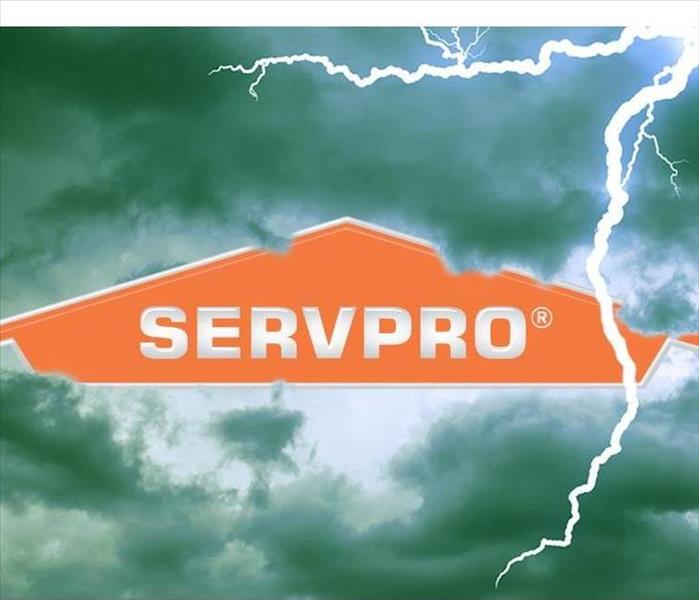Staying Safe During Storms
6/29/2021 (Permalink)
As mitigation experts, storms mean property damage: Heavy rains lead to flooding, which can damage your HVAC system, walls, floors, and corrode your valuables; High winds can damage your homes and expose them to the elements; Lightning can strike exposed roofs and start fires.
But lightning doesn't only pose a threat to your home and valuables.
Between 2006 and 2018, 33 persons died on average each year in the United States as a result of lightning strikes, according to the National Weather Service. In addition, over 75% of those killed by lightning strikes were doing anything outside during a rainstorm, such as working, hiking, camping, or enjoying watersports.
As a result, when a thunderstorm strikes, it's critical to seek cover as soon as possible and exercise caution. However, because shelter may not be instantly available to everyone stuck outside, we've put together some lightning safety recommendations. Stay safe indoors and out during a thunderstorm by following these lightning safety precautions.
Outdoor Safety tips
Follow these lightning safety tips if you're outside and can't find a safe, enclosed shelter:
- Motorcycles, scooters, golf carts, and bicycles should all be avoided.
- Stay away from power lines, wire fences, metal pipes, railways, and other metallic routes that can conduct electricity.
- Stay away from open fields and elevation regions such as mountain ridges or hills. Also, don't take cover under cliffs or rocky overhangs. Go to a low-lying area like a ravine or a valley but keep an eye out for flash floods.
- If you're in the backcountry or in the woods, get off the mountain as soon as safely possible. Go to the other side of the mountain, away from where the clouds are forming.
- If you're in the woods, find a low spot under a dense canopy of little trees. However, never seek refuge behind a single tree because they serve as natural lightning rods.
- Staying in a tent is not a good idea. Because most modern tents feature carbon fiber or metal poles, they can act as a grounding channel for a cloud-to-ground lightning strike. Also, stay away from porches.
- Water is an electrical conductor, so stay away from it and damp goods. Remove yourself from bodies of water such as pools, ponds, and lakes.
- Before leaving your shelter, wait at least 30 minutes after the last thunderclap.
- If someone is struck by lightning, dial 911 and seek medical attention immediately. Victims may exhibit a variety of symptoms, so be ready to seek assistance, provide CPR, or medical treatment.
Indoor safety Tips
- Keep your distance from windows and doors, as well as porches.
- Anything that consumes electricity, such as TVs, laptops, and cords, should be avoided. Use mobile or cordless phones instead of corded phones.
- Don't use your home's plumbing - don't use the bathroom or kitchen sinks, and don't take a shower.
- During thunderstorms, bring your dog and other animals inside. Lightning strikes are dangerous to dogs tethered to trees.
- To avoid being struck by lightning, don't plug or disconnect electrical equipment during a thunderstorm.
Lightening poses a serious threat to personal safety, as well as the safety of your home or business. Get ahead by preparing yourself and your property with storm-preparation suggestions. If your home or business has been damaged by a storm, don't hesitate to call SERVPRO Kaufman County & Cedar Creek, the damage mitigation experts. We can assist you to mitigate storm and flood damage and rapidly restore your property "Like it never even happened."




 24/7 Emergency Service
24/7 Emergency Service
